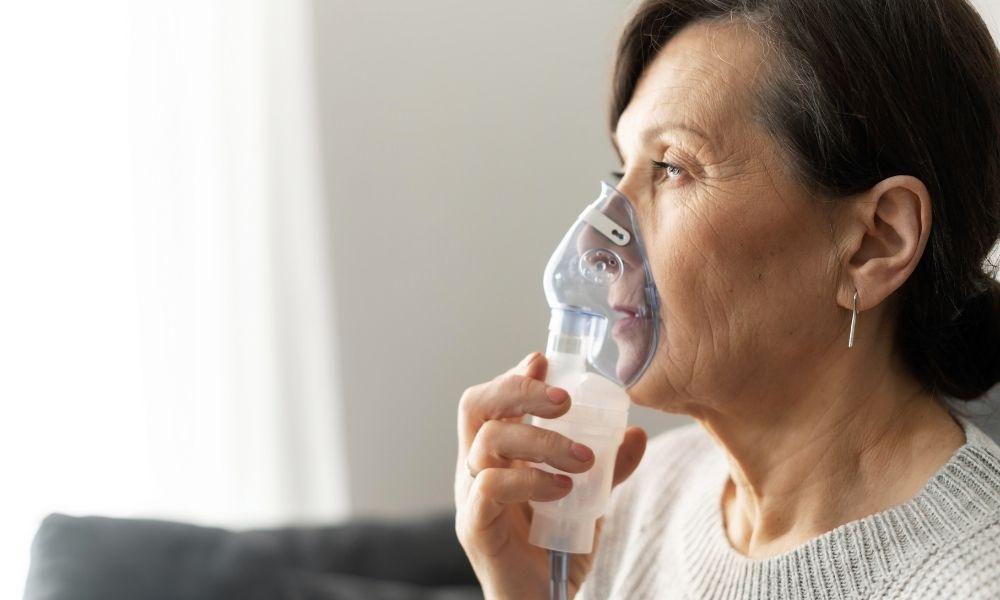Exploring the Mechanisms of Action Behind Hyperbaric Oxygen Therapy
Exploring the Mechanisms of Action Behind Hyperbaric Oxygen Therapy
Hyperbaric Oxygen Therapy (HBOT) has gained recognition for its ability to enhance healing, reduce inflammation, and improve overall health. While its therapeutic benefits are widely acknowledged, understanding the underlying mechanisms of action can provide deeper insights into how HBOT works. This post delves into the well-researched and established mechanisms that make HBOT a powerful tool in modern medicine.
Key Mechanisms of Action of HBOT:
Increased Oxygen Delivery to Tissues
At the core of HBOT is the principle of increasing oxygen availability to tissues. During HBOT, patients breathe 100% oxygen in a pressurized chamber, which leads to several key effects:
Promotion of Angiogenesis
Angiogenesis, the formation of new blood vessels, is crucial for healing and recovery. HBOT stimulates angiogenesis through several mechanisms:
Reduction of Inflammation
Chronic inflammation can hinder recovery and contribute to various health conditions. HBOT has been shown to modulate inflammatory responses in several ways:
Enhanced Cellular Function and Repair
HBOT Supports Cellular Health and Repair Through Various Mechanisms:
Increased Stem Cell Mobilization
Stem cells play a crucial role in tissue repair and regeneration. HBOT influences stem cell activity in the following ways:
Reduction of Oxidative Stress
Oxidative stress, caused by an imbalance between free radicals and antioxidants, can damage cells and tissues. HBOT helps mitigate oxidative stress through:
Conclusion
Hyperbaric Oxygen Therapy operates through several well-established mechanisms that contribute to its therapeutic effects. By increasing oxygen delivery to tissues, promoting angiogenesis, reducing inflammation, enhancing cellular function, mobilizing stem cells, and reducing oxidative stress, HBOT offers a comprehensive approach to healing and recovery.
At RX-O2 Hyperbaric Clinics, we are dedicated to leveraging these mechanisms to support your health and well-being. If you’re interested in learning more about how HBOT can benefit you, contact us today to explore your options and start your journey toward enhanced health.
Source: International Hyperbarics Association
Information on this website is provided for educational purposes only. It is not intended as a substitute for the diagnosis, treatment, and advice of a qualified licensed professional. This website offers general information and in no way should anyone consider that this website represents the practice of medicine. This website assumes no responsibility for how this information is used. Also note that this website frequently updates its contents, due to a variety of reasons. No statements or implied treatments on this website have been evaluated or approved by the FDA. It is important that you do not reduce, change, or discontinue any medication or treatment without first consulting your doctor. Please consult your doctor before beginning any new program of treatment.

